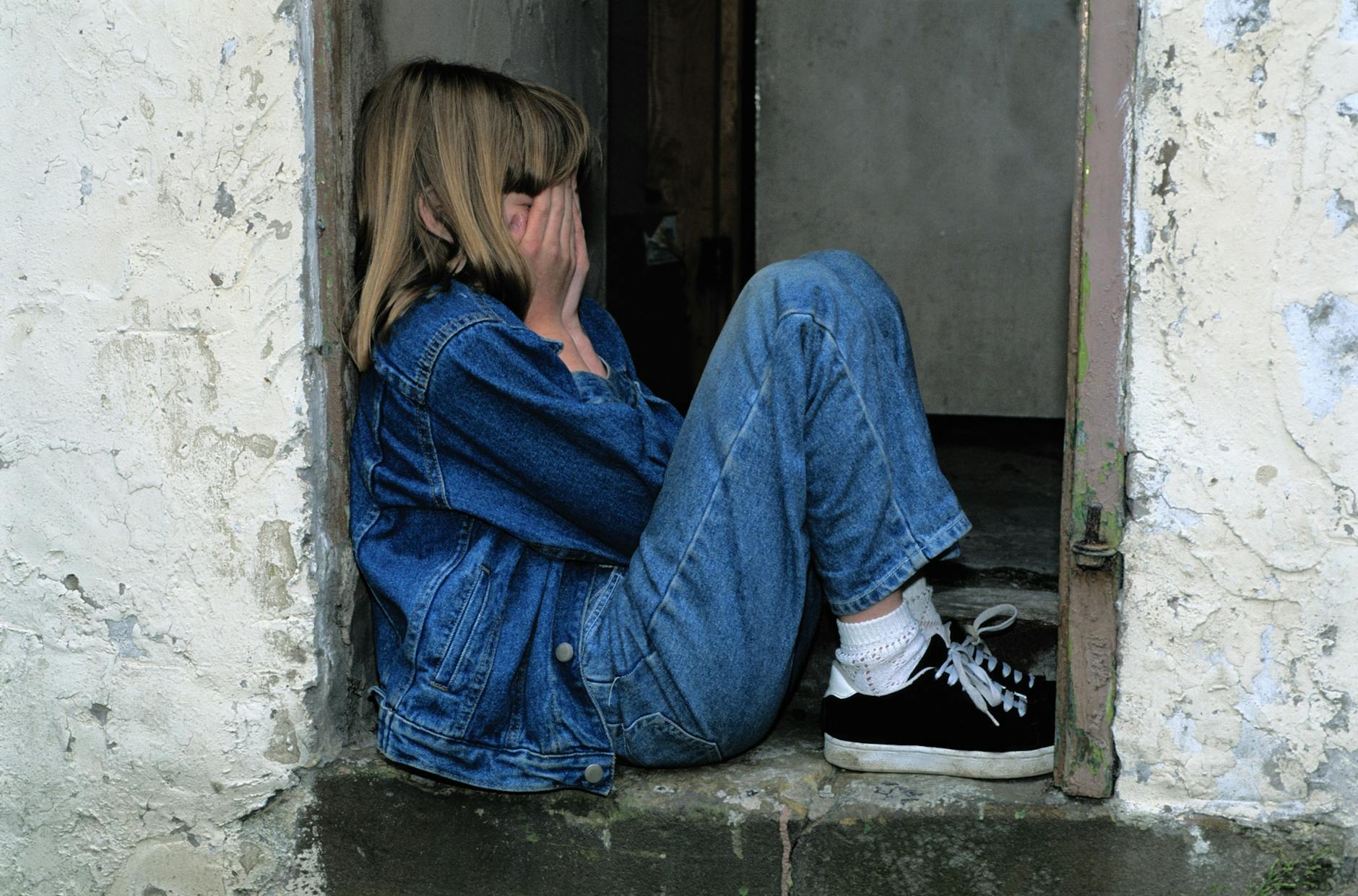

What is SEMH?
SEMH stands for social, emotional, and mental health. It’s all about how kids and teens think, feel, and get along with others. SEMH covers things like anxiety, depression, or behaviour problems. When kids struggle with their mental health, it can affect how they do in school and how they relate to others. For example, if a student is anxious, it might be hard for them to concentrate in class or talk to friends.
How Common is SEMH?
SEMH problems are more common than many people think. In 2021, about 1 in 6 children between 5 and 16 years old had a mental health issue. These problems can affect:
- Schoolwork: Trouble focusing, leading to lower grades.
- Friendships: Kids might feel left out or get bullied.
- The Future: If not treated, these problems can follow them into adulthood and affect jobs and relationships.
Spotting these problems early helps kids get the support they need.
What Causes SEMH Problems?
1. Biological Reasons
Some kids may be more likely to have mental health challenges because of their genes (like if their parents have anxiety or depression). Brain chemistry can also play a part.
2. Environmental Reasons
Where a child grows up matters, too. If there’s family stress, poverty, or violence around them, it can make things worse. On the flip side, a loving home and supportive community can help a lot.
3. Psychological Reasons
Things like low self-esteem, not knowing how to handle stress, or trauma from the past can also lead to SEMH problems.
How Can You Spot SEMH Problems?
1. Behaviour Changes
Watch out for signs like:
- Mood swings or being easily upset
- Avoiding social events or acting out in class
- Becoming very quiet or distant
2. Struggles in School
Kids with SEMH issues might:
- Stop participating in class
- Miss school a lot
- Fall behind on homework
3. Social and Emotional Struggles
They might:
- Have trouble making or keeping friends
- Feel anxious or alone
- Find it hard to talk about their feelings
Recognising these signs is the first step to helping them.
How Are SEMH Problems Found?
1. Screening Tools
These are like quizzes or checklists that help spot mental health concerns. Some examples are:
- SDQ: A quick test about feelings and behaviour
- CBCL: A longer checklist used by parents or teachers
- Beck Anxiety Inventory: A tool that measures anxiety levels
2. Full Evaluation
If a screening shows a problem, more steps are taken, like:
- Talking with parents, teachers, and the child
- Using more tests
- Watching the child at school or at home
This helps adults understand what’s going on and how to help.
How Can SEMH Be Treated?
1. Therapy
- CBT (Cognitive Behavioural Therapy): Helps kids change negative thoughts.
- Play Therapy: Let’s younger kids express feelings through play.
- Mindfulness: Breathing exercises or calming activities to handle stress.
2. School Support
- School Counsellors: Someone to talk to at school.
- SEL Programs: Teach skills like empathy and managing emotions.
- Peer Groups: Support from other students going through similar things.
3. Parent Involvement
Parents can:
- Stay in touch with teachers or therapists
- Learn how to help their child at home
- Join in on some sessions to better support their child
The Role of Teachers and Mental Health Professionals
Working Together
Teachers and counsellors should:
- Meet often to talk about how a child is doing
- Share goals and progress
- Keep communication open and honest
Helping Kids Build Strength
They also help kids:
- Learn to solve problems and bounce back from stress
- Build strong friendships and connections
- Believe in their ability to grow and improve
Breaking the Stigma
Many kids don’t ask for help because they’re worried about being judged. We need to change that.
How to Help:
- Talk about mental health openly
- Teach empathy in schools
- Share stories of people who got help and are doing better
Education and Awareness
- Run workshops for parents and teachers
- Celebrate Mental Health Awareness Month
- Train teachers to better understand SEMH
What Needs to Happen Next?
More Research
We need to keep learning about:
- How mental health changes over time
- How it’s different in different cultures
- How technology helps or hurts mental health
Better Policies
Governments and schools should:
- Pay for more mental health services in schools
- Teach mental health in class like any other subject
- Support families who need help
In Conclusion
To support kids with SEMH challenges:
- Look for changes in behaviour, schoolwork, and friendships
- Use tools to understand what’s going on
- Work together—teachers, parents, and counsellors
- Build awareness and kindness around mental health
With the right help, every child can grow, learn, and live a healthy, happy life.
Share:
Categories
Popular Posts
Quick Menu
Contact Us
- +00 123 456 789
- hello@coaching.com
- PO Box 99257 Baker st. 567 Los Angerles California, US


